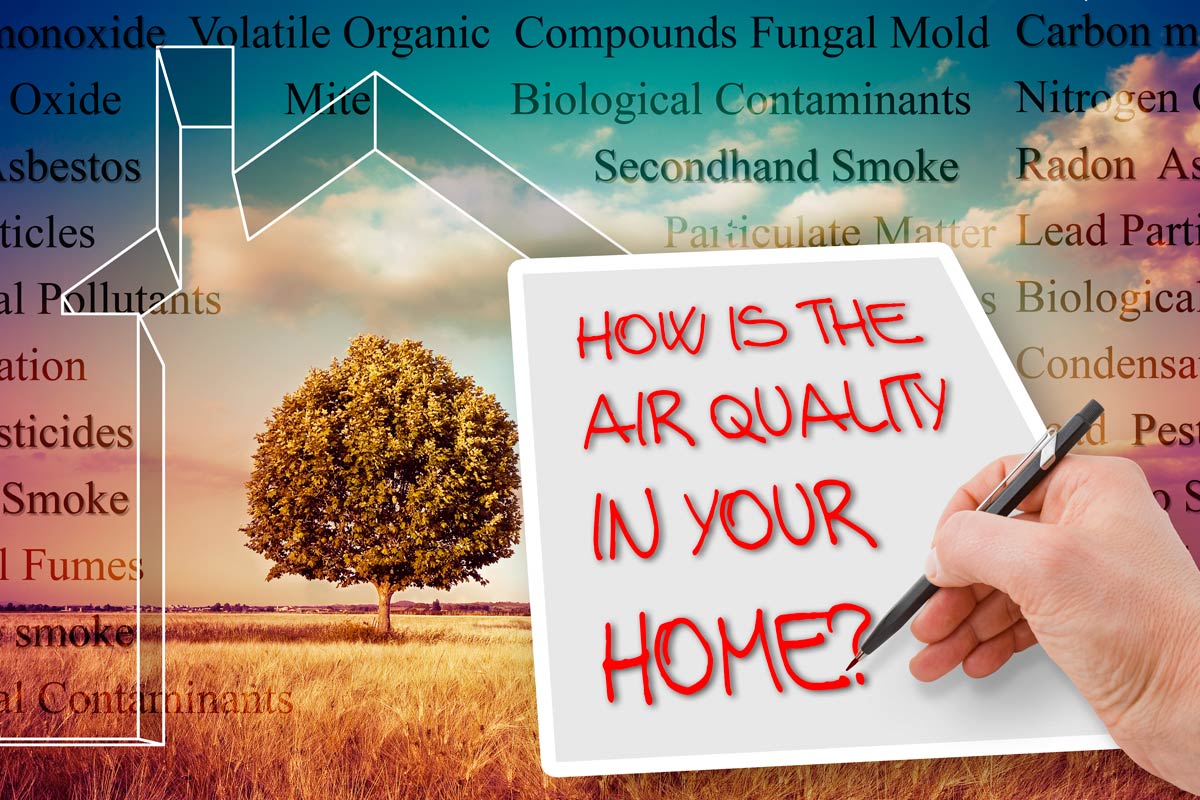
Harmful particulates may be present in your household air, but don’t bother trying to spot them. The airborne particulates that may be afloat inside homes are far too small to be seen with the naked eye. However, the comfort and health impact of these harmful particulates can range from simple irritation to allergic reactions to more serious potential issues such as cancer and heart disease.
Here are some of the harmful particulates you may be inhaling right now:
- Dust and dirt. In microscopic sizes, these airborne particles may not be a major health threat, but they can cause respiratory and eye irritation in sensitive individuals. Of course, dust and dirt settles out of the air and accumulates on surfaces, causing housekeeping issues as well.
- Skin flakes and pet dander. These particles, which are shed by human and animal occupants, may cause allergic responses when inhaled by some individuals.
- Mold spores. In a mold-contaminated house, airborne reproductive spores released by active mold growth may accumulate to levels that are proven to be toxic if inhaled by individuals with specific sensitivities. Exposure may cause acute allergic reactions, as well as long-term symptoms of chronic illness.
- Combustion particulates. Smoke from sources that include cigarettes as well as unvented gas heaters, exhaust from vehicles outside, fireplaces, and even candles is composed of harmful particulates. Long-term inhalation of combustion particulates may be related to a higher risk of lung cancer and heart disease.
Methods to reduce harmful particulates include:
- Making sure your HVAC system’s air filter is rated to capture the smallest common particulates. A professional heating and cooling contractor can advise you on enhanced air-filtration options, as well as schedule regular filter changes.
- Utilizing vented gas heaters and appliances.
- Possibly installing ultraviolet light inside home ductwork to sanitize airflow. Bacteria, viruses, mold spores, and other airborne pathogens are destroyed by exposure to UV light.
- Keeping indoor humidity in the healthy range of 30% to 50% to inhibit the reproduction of harmful particulates.
For more advice about reducing harmful particulates inside your home, contact the professionals at Jackson & Sons.